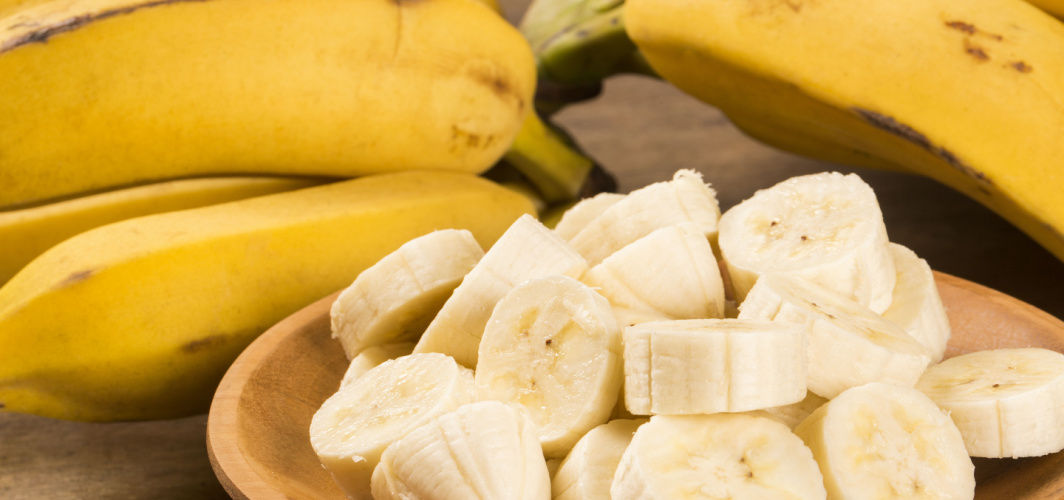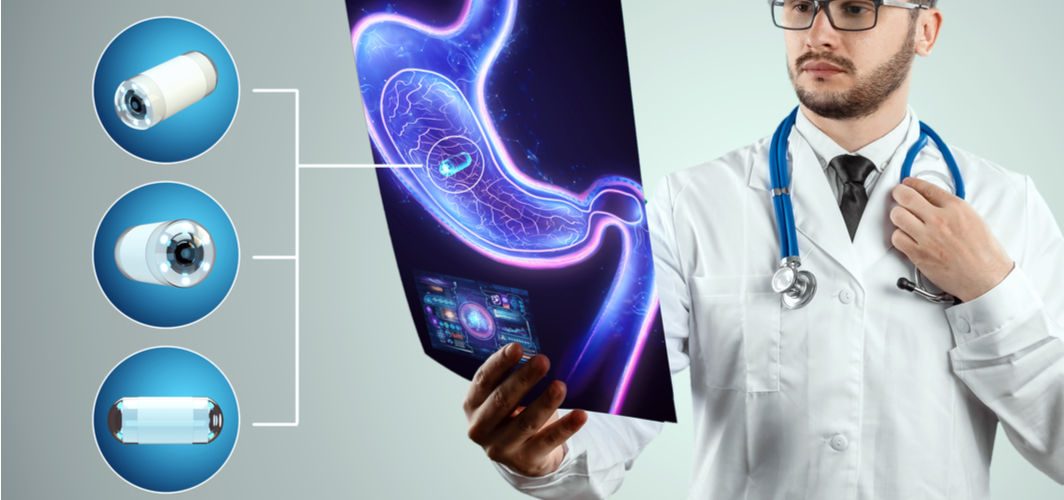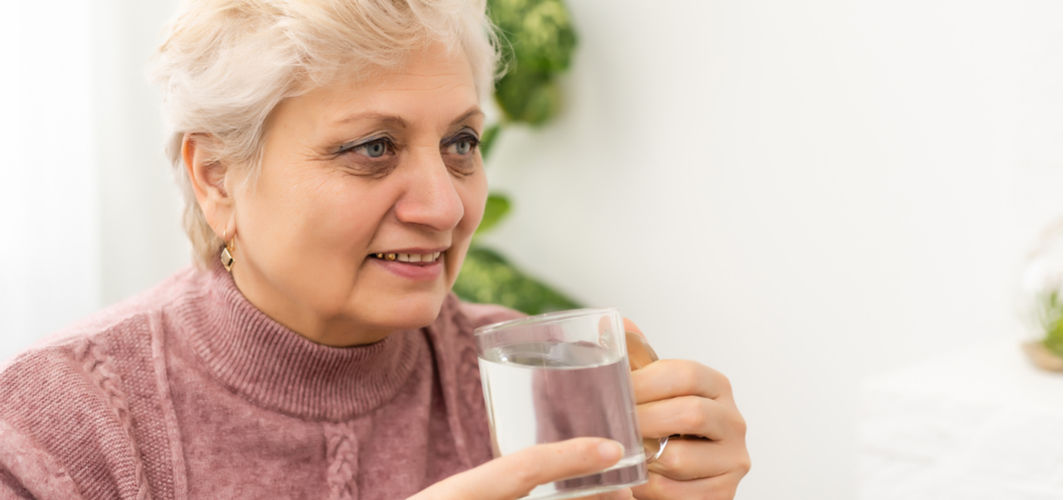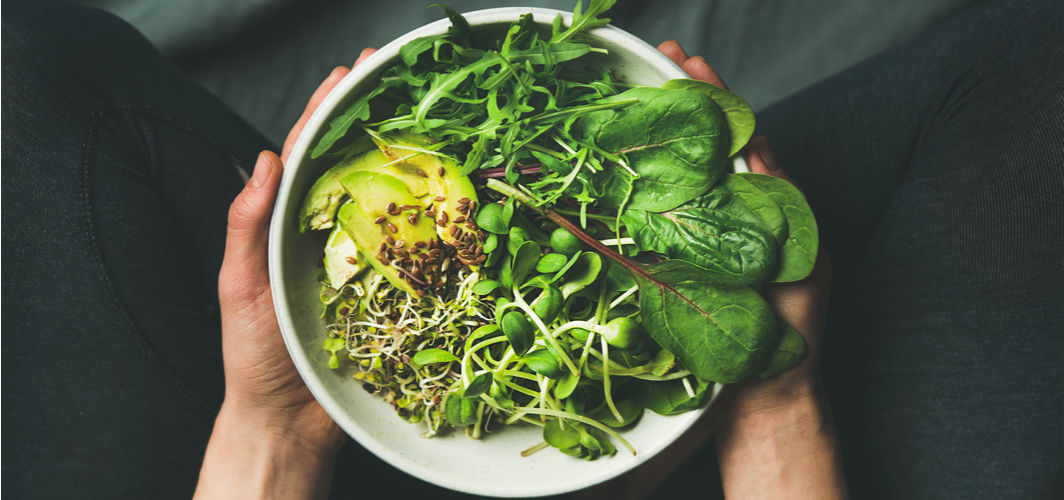Digestive Health
Gallbladder Stones: Know The Symptoms, Causes And Treatment
4 min read
By Apollo 24|7, Published on - 16 March 2023, Updated on - 06 August 2024
Share this article
0
0 like

It's quite astonishing to know that gallbladder stones are one of the most commonly occurring disorders in the world. Recent research has shown gallbladder stones to be affecting 10-15% of the world's population. In India alone, approximately 4% of the population is diagnosed with gallstones. These stats are enough to make us understand the fact that the risk of contracting this medical condition is pretty high and it mostly affects people over 40 years of age. Therefore, it calls for action.
But before we actually nose dive into its prevention and treatment, let's first understand what are gallstones, and the causal factors behind their formation.

Gallstones & Their Types
The gallbladder is a pear-shaped organ, located just beneath the liver. It stores and releases the digestive fluid bile that helps in digesting fats. Gallstones of cholelithiasis are nothing but hardened stone-like deposits made from the digestive fluid in the gallbladder. These stones form when there's too much cholesterol or bilirubin in the bile or when the gallbladder fails to empty itself properly.
Gallstones or cholelithiasis are mainly of three kinds.
- Cholesterol stones: As the name suggests, these are usually made of hardened cholesterol. They are mostly yellowish-green in colour. Excess cholesterol in your body makes up about 75% of gallstones. These stones can grow big and block bile ducts.
- Pigment stones: Made of bilirubin, these gallstones are usually dark in colour. These gallstones are usually small in size but are found in more numbers inside the gallbladder.
- Mixed stones: This is the most common type of gallstone. Made up of cholesterol and salts, they develop in batches in the body.
Gallbladder Stones Symptoms
In most cases, the presence of gallstones shows no symptoms or signs. However, sometimes if these stones block a duct, the symptoms may include:
- Sudden and intensifying abdominal pain
- Bloating or distention
- Back pain between shoulder blades
- Pain in your right shoulder
- Heartburn after meals
- Nausea or vomiting
- Fever and chills
Gallstone pain occurs in episodes and may last from several minutes to a few hours.
Diagnosis of Gallstones
Gallstones can be diagnosed by,
- Physical examination by medical professionals
- Abdominal ultrasound - One of the most commonly used tests
- Endoscopic examination – Used to identify smaller stones that may have been missed by an abdominal ultrasound
- Hepatobiliary iminodiacetic acid (HIDA) scan – An imaging test to diagnose liver, gallbladder and bile ducts disorders
- Magnetic resonance cholangiopancreatography (MRCP) – A form of MRI (magnetic resonance imaging) scan
- Computerized tomography (CT) Scan - Uses a series of X-rays taken from different angles to diagnose the size and location of stones
- Blood tests - For diagnosing infection, pancreatitis, jaundice or complications from gallstones
Treatment for Gallstones
The treatment for gallbladder stones depends on the position and size of the gallstones. While medication or dietary modifications may help manage gallstones, gallbladder surgery or other treatments may be required (as your doctor recommends).
- Dietary modifications – These call for reducing or eliminating dairy products and fatty foods from the diet.
- Medications – In some patients, medicines help dissolve gallstones. However, this process takes time. This option is mostly reserved for patients who can't undergo surgery.
- Lithotripsy – In this process, sound waves are used to disintegrate the gallstones. This treatment is used for small and soft gallstones. However, this procedure is rarely used as it may result in the recurrence of the stone.
- Surgery - Surgery is often the only treatment to remove symptomatic gallstones. Depending on the size of the stone and other factors, your doctor may advise different types of surgeries that can be used to remove the stone.
Types of Gallbladder Surgery
- Endoscopy: This procedure does not require any cuts or incisions. A long tube is inserted through the throat to remove the gallstones. In this procedure, the gallbladder is not removed; only the stone is removed.
- Laparoscopy: This process uses small keyhole incisions in the abdomen through which a small camera is inserted. One keyhole is used to insert the camera and another to remove the gallbladder. This procedure makes recovery faster.
- Robotic surgery: Skilled and experienced gastrointestinal surgeons often suggest robotic surgery for the removal of the gallbladder due to its following benefits:
- Minimally invasive
- Less pain and bleeding
- Minimal scarring
- Faster healing
- Open surgery: People with complicated conditions may require open surgery. This requires a longer hospital stay and a longer recovery period.
To sum it up, gallstones are very common and most people may never feel any gallbladder stones symptoms. Only when these stones begin to move, do they get into delicate spaces like ducts and become dangerous. However, there are many treatment options available,
Digestive Health
Consult Top Surgical Gastroenterologists
View AllFrequently Asked Questions
Can gallstones be treated without surgery?
Can gallstones be treated without surgery?
What is a gallbladder attack?
What is a gallbladder attack?
If left untreated, can gallstones cause infection?
If left untreated, can gallstones cause infection?
Are gallstones a serious medical condition?
Are gallstones a serious medical condition?
Can gallstones be prevented?
Can gallstones be prevented?
Leave Comment
Recommended for you

Digestive Health
Is Banana Good For Loose Motion? Get Expert Advice
is banana good for loose motion banana in loose motion fruits for loose motion food to stop loose motion

Digestive Health
Endoscopy & Colonoscopy: How Often Should You Get One Done?
Both endoscopy and colonoscopy are non-surgical procedures to diagnose as well as treat conditions affecting the digestive tract.

Digestive Health
Could Microscopic Colitis Be the Cause of Chronic Diarrhea?
Microscopic colitis is a type of chronic inflammatory bowel disease (IBD) that causes inflammation in the digestive tract characterized by persistent watery diarrhea.
Subscribe
Sign up for our free Health Library Daily Newsletter
Get doctor-approved health tips, news, and more.
Visual Stories

Hidden Health Benefits in a Bowl of Salad
Tap to continue exploring
Recommended for you

Digestive Health
Is Banana Good For Loose Motion? Get Expert Advice
is banana good for loose motion banana in loose motion fruits for loose motion food to stop loose motion

Digestive Health
Endoscopy & Colonoscopy: How Often Should You Get One Done?
Both endoscopy and colonoscopy are non-surgical procedures to diagnose as well as treat conditions affecting the digestive tract.

Digestive Health
Could Microscopic Colitis Be the Cause of Chronic Diarrhea?
Microscopic colitis is a type of chronic inflammatory bowel disease (IBD) that causes inflammation in the digestive tract characterized by persistent watery diarrhea.

